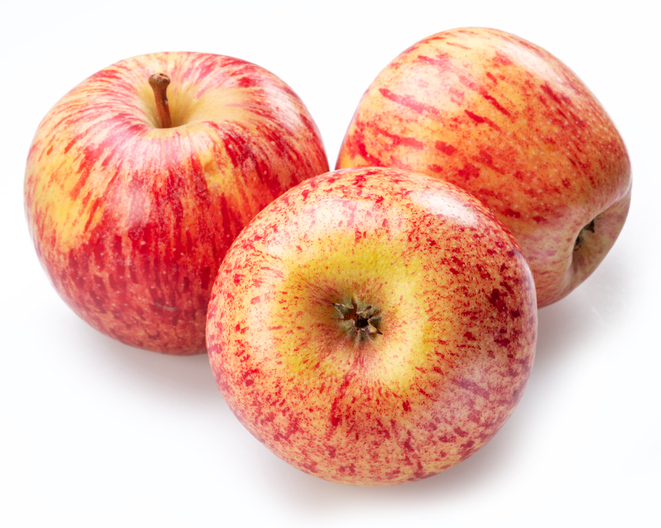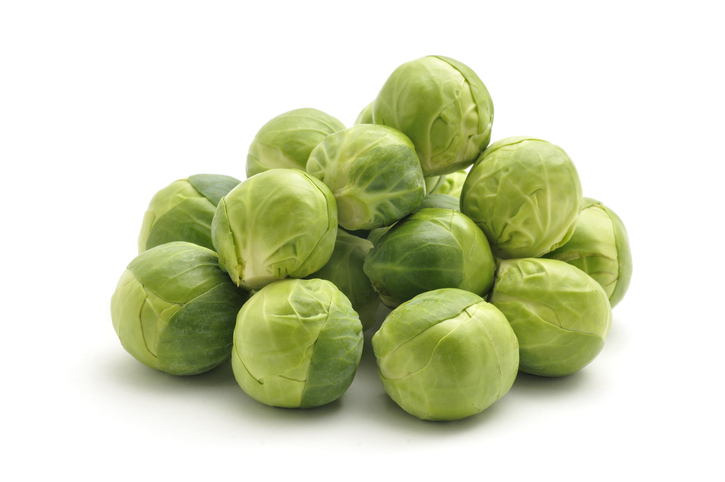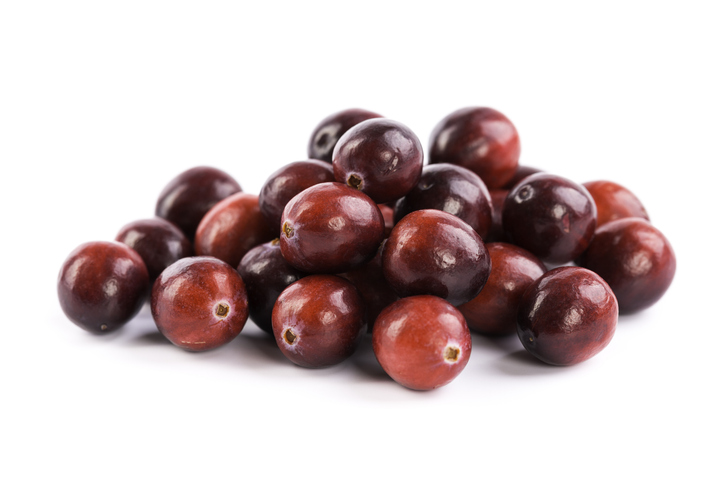Savor the Season: How to Incorporate Fall’s Best Produce into Your Meals
Happy Fall! A new season means fresh fall fruit and vegetables. Consuming a plant-based diet, or simply adding more produce into your diet can help with cancer prevention. Plant foods are known sources of vitamins, minerals, fiber and anti-cancer nutrients like phytochemicals and antioxidants. Eating in-season produce is a great way to try new foods, and it’s often less expensive since the produce is more readily available. Below are some of the best fall produce and how to incorporate them into your meals.
 Apples: “An apple a day keeps the doctor away” isn’t just an old wives’ tale. Apples are nutrient-dense fruits that contain fiber, antioxidants and polyphenols. They are also good sources of iron, zinc, vitamin C and vitamin E. Their fiber content can improve gut health, keep you regular and protect against heart disease, while their micronutrient profile can promote a healthy immune system. To get the most out of apples, eat them with their skin on. These easily portable fruits make great snacks. You can eat them with nut butter, Greek yogurt, cheese or nuts and seeds. Apples can also be cooked and added to oatmeal for extra flavor.
Apples: “An apple a day keeps the doctor away” isn’t just an old wives’ tale. Apples are nutrient-dense fruits that contain fiber, antioxidants and polyphenols. They are also good sources of iron, zinc, vitamin C and vitamin E. Their fiber content can improve gut health, keep you regular and protect against heart disease, while their micronutrient profile can promote a healthy immune system. To get the most out of apples, eat them with their skin on. These easily portable fruits make great snacks. You can eat them with nut butter, Greek yogurt, cheese or nuts and seeds. Apples can also be cooked and added to oatmeal for extra flavor.
 Brussels sprouts: Brussels sprouts are a cruciferous vegetable packed with antioxidants. Just 1-2 servings per week can provide adequate vitamin C for your diet. They’re also rich in fiber and may help reduce inflammation. Brussels sprouts can be prepared in a variety of ways but roasting them has become quite popular. Drizzle with olive oil, add your favorite seasoning and roast in the oven or air fryer. They make an excellent appetizer or side dish for any lean protein.
Brussels sprouts: Brussels sprouts are a cruciferous vegetable packed with antioxidants. Just 1-2 servings per week can provide adequate vitamin C for your diet. They’re also rich in fiber and may help reduce inflammation. Brussels sprouts can be prepared in a variety of ways but roasting them has become quite popular. Drizzle with olive oil, add your favorite seasoning and roast in the oven or air fryer. They make an excellent appetizer or side dish for any lean protein.
 Cranberries: According to the National Health Institute, consuming cranberries can prevent tooth decay, inhibit urinary tract infections, reduce inflammation and improve heart and gut health. Dried cranberries have some of the same benefits as their fresh counterparts. They're a good source of fiber, vitamins, minerals and antioxidants. Add cranberries to salads, oatmeal, yogurts or smoothies. Cranberry sauce is a fun way to incorporate this fruit during the fall – consider making it from fresh cranberries this year. Dried cranberries also work well in a salad or as an oatmeal topping.
Cranberries: According to the National Health Institute, consuming cranberries can prevent tooth decay, inhibit urinary tract infections, reduce inflammation and improve heart and gut health. Dried cranberries have some of the same benefits as their fresh counterparts. They're a good source of fiber, vitamins, minerals and antioxidants. Add cranberries to salads, oatmeal, yogurts or smoothies. Cranberry sauce is a fun way to incorporate this fruit during the fall – consider making it from fresh cranberries this year. Dried cranberries also work well in a salad or as an oatmeal topping.
 Delicata: Delicata is a type of winter squash. Other varieties include pumpkin, acorn squash and spaghetti squash. Pale yellow with striped skin, delicata is easy to prepare. It’s high in fiber and a great source of potassium and carotenoids, which support eye health. You can slice and roast delicata with the skin on – see the recipe below for a delicious fall salad with delicata squash.
Delicata: Delicata is a type of winter squash. Other varieties include pumpkin, acorn squash and spaghetti squash. Pale yellow with striped skin, delicata is easy to prepare. It’s high in fiber and a great source of potassium and carotenoids, which support eye health. You can slice and roast delicata with the skin on – see the recipe below for a delicious fall salad with delicata squash.
 Pomegranates: Pomegranates are nutrient-dense fruits that can be enjoyed year-round, though they’re technically a fall fruit. They are loaded with fiber, vitamins, minerals and anti-cancer phytochemicals. These phytochemicals include polyphenols, flavonoids, tannins and anthocyanins. To eat pomegranate seeds, cut the fruit in half, submerge it in water, break it open and take the seeds out. Rinse the seeds and enjoy! You can also purchase ready-to-eat pomegranate seeds at most grocery stores in the produce section. Pomegranate seeds can be eaten on their own, with yogurt, in oatmeal or smoothies or as a salad topping.
Pomegranates: Pomegranates are nutrient-dense fruits that can be enjoyed year-round, though they’re technically a fall fruit. They are loaded with fiber, vitamins, minerals and anti-cancer phytochemicals. These phytochemicals include polyphenols, flavonoids, tannins and anthocyanins. To eat pomegranate seeds, cut the fruit in half, submerge it in water, break it open and take the seeds out. Rinse the seeds and enjoy! You can also purchase ready-to-eat pomegranate seeds at most grocery stores in the produce section. Pomegranate seeds can be eaten on their own, with yogurt, in oatmeal or smoothies or as a salad topping.
For a delicious way to incorporate all of the above fall produce into your meals, check out this one-day menu idea:
- Breakfast: oatmeal topped with cranberries
- Lunch: roasted delicata salad with pomegranates and greek yogurt topped with pomegranates for dessert
- Snack: apple and peanut butter
- Dinner: baked salmon with brown rice and brussels sprouts
- Dessert: cranberry flax pumpkin bread
This article was written by Moffitt registered dietitian Rebecca Caramanica.



